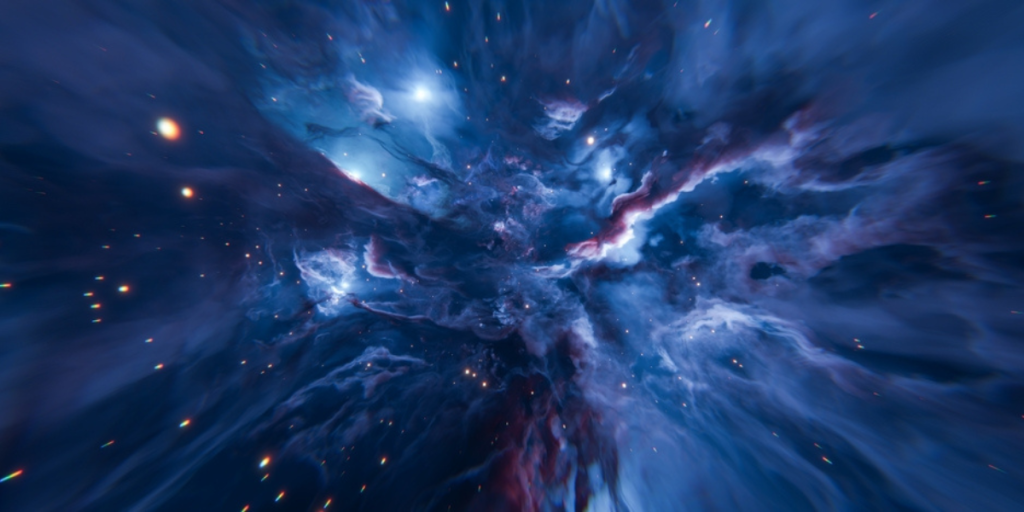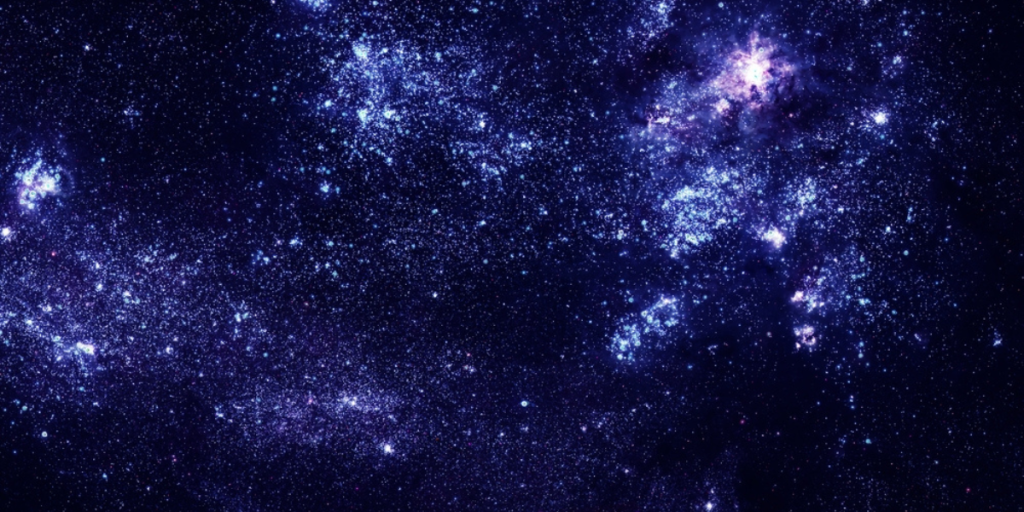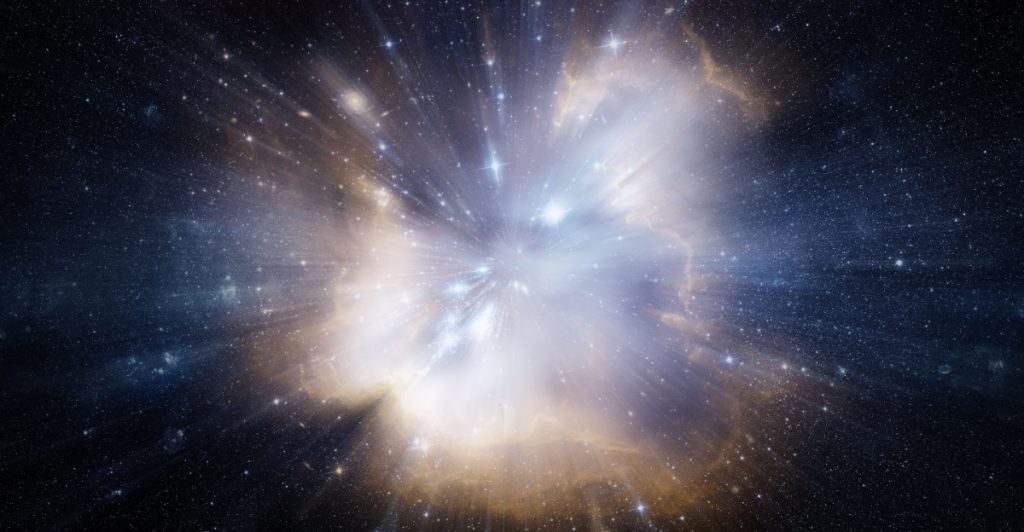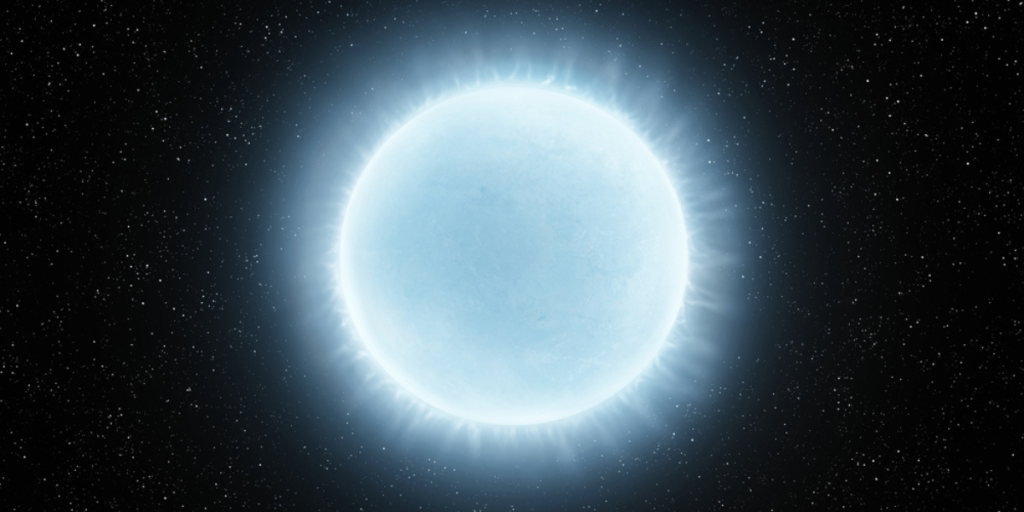Rethinking Dark Energy and the Universe’s Expansion
Others are reading now
Rethinking Dark Energy and the Universe’s Expansion
When the Universe’s Yardsticks Break

For decades, astronomers have trusted a special kind of exploding star — Type Ia supernovae — as precise cosmic yardsticks. These brilliant blasts were assumed to shine with the same intrinsic brightness everywhere, letting us measure distances and map how fast the universe is expanding.
That “standard candle” idea underpinned some of the biggest discoveries in cosmology, including the claim that the universe’s expansion is accelerating. Now, new research suggests those explosions aren’t as uniform as we thought — and that could shake the foundations of modern cosmology.
How Type Ia Supernovae Became ‘Standard Candles’

According to WPtech, Type Ia supernovae occur on the surfaces of white dwarfs, the dense remnants of Sun-like stars. In a close binary system, a white dwarf can siphon material from its companion.
As that stolen gas piles up, the white dwarf’s mass increases until it crosses a critical threshold and triggers a thermonuclear explosion in its outer layers. Because this critical mass was assumed to be the same each time, astronomers treated the resulting explosions as equally bright.
A Hidden Variable — the Age of the Stars

Also read
WPtech reports that the new study challenges this neat picture. The researchers find that the brightness of Type Ia supernovae depends on the age of the stellar population that produced the white dwarf.
In their analysis of about 300 host galaxies, they show with a significance of 5.5 sigma that supernovae from younger stellar populations are systematically dimmer, while those from older populations are brighter.
That means Type Ia supernovae are not truly uniform candles — their light subtly encodes the history of the stars that created them. If distance estimates ignored this effect, then many past calculations of how fast the universe is expanding may be biased.
Rethinking Dark Energy and Cosmic Expansion

According to WPtech, when the team reanalyzed supernova data while correcting for the age of the underlying stellar populations, they found something striking: the universe’s expansion no longer appears to be accelerating, but instead looks more like it is slowing down.
This suggests that dark energy, long treated as a constant driving acceleration, might actually change over time.
Also read
The result lines up with other hints, including the largest galaxy map to date, which also pointed to a weakening influence of dark energy. If confirmed, this could help ease the long-standing Hubble tension — the mismatch between different measurements of the expansion rate — and force a rethink of the universe’s ultimate fate.
Putting the ‘Revolution’ to the Test

WPtech notes that scientists are already planning further tests of this provocative result. A key role will be played by the Vera C. Rubin Observatory and its LSST all-sky survey.
Over the next five years, its instruments are expected to deliver precise photometric data for around 20,000 new galaxies, vastly expanding the sample used to study Type Ia supernovae and their environments.
Only then will it be clear whether we are witnessing a minor correction — or a genuine revolution in cosmology.
When the Universe Changes Its Story

The idea that exploding stars could have misled us about the universe’s destiny sounds dramatic, but it’s also how science progresses.
Also read
Assumptions are tested, patterns are rechecked, and even the most trusted tools can turn out to be more complicated than we thought.
Whether Type Ia supernovae end up demoted from “standard candles” or simply upgraded to “standard candles with context,” cited by Wptech, they are once again at the center of cosmology’s biggest questions. The universe hasn’t changed — but our story about it might be about to.
This article is made and published by August M, who may have used AI in the preparation


